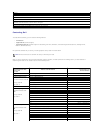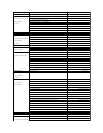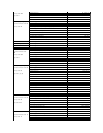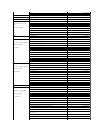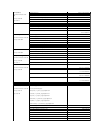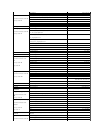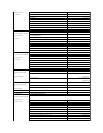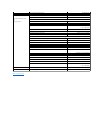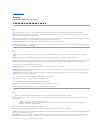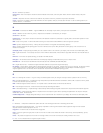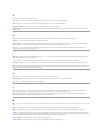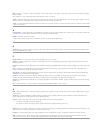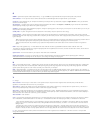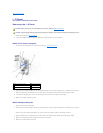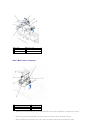
Back to Contents Page
Glossary
Dell™OptiPlex™GX60SystemsUser'sGuide
A B C D E F G H I K L M N O P R S U V W Z
A
AC — alternating current — The form of electricity that powers your computer when you plug the AC adapter power cable into an electrical outlet.
ACPI — Advanced Configuration and Power Interface — A Microsoft®Windows®operating system utility that can be set up to put a computer in standby or
hibernate mode to conserve battery or electrical power.
AGP — accelerated graphics port — A dedicated graphics port that allows system memory to be used for video-related tasks. AGP delivers a smooth, true-color
video image because of the faster interface between the video circuitry and the system memory.
antivirus software — A program designed to identify, quarantine, and/or delete a virus from your computer.
ASF — Alert Standards Format — A standard to define a mechanism for reporting hardware and software alerts to a management console. ASF is designed to
be platform and operating system independent.
B
backup — A copy of a program or data file on a floppy disk, tape, CD, or hard drive. As a precaution, you should back up the data files on your hard drive
regularly.
battery — An internal power source used to operate portable computers when not connected to an AC adapter and an electrical outlet.
BIOS — basic input/output system — A program (or utility) that serves as an interface between the computer hardware and the operating system. Unless you
understand what effect the settings have on the computer, do not change the settings for this program. Also referred to as the system setup program.
bit — The smallest unit of data interpreted by your computer.
boot sequence — Allows you to specify the order of the devices from which the computer attempts to boot.
bootable CD — A CD that you can use to start your computer. In case your hard drive is damaged or your computer has a virus, ensure that you always have
a bootable CD or bootable disk available.
bootable disk — A disk that you can use to start your computer. In case your hard drive is damaged or your computer has a virus, ensure that you always
have a bootable disk or bootable CD available.
bps — bits per second — The standard unit for measuring data transmission speed.
BTU — British thermal unit — A unit of heat equal to about 252 calories.
bus — A communication pathway between the components in your computer.
bus speed — The speed, given in MHz, that indicates how fast a bus can transfer information.
byte — A basic data storage unit used by your computer. A byte is usually equal to 8 bits.
C
C — Celsius — Atemperaturemeasurementsystemwhere0°isthefreezingpointand100°istheboilingpointofwater.
cache — An area where data or instructions are stored for quick retrieval. The cache enhances the efficiency of many processor operations. There are two
types of cache:
l L1 cache — fast, primary cache stored inside the processor.
l L2 cache — also called secondary cache; sometimes refers to cache memory external to the processor, although more recent processors
incorporate the L2 cache in their architecture.
CD drive — A drive that uses optical technology to read data from CDs.
CD player — The software used to play music CDs. The CD player displays a window with buttons you use to play a CD.
CD-RW drive — A drive that can read CDs and write to CD-RW (rewritable CDs) and CD-R (recordable CDs) discs. You can write to CD-RW discs multiple times,
but you can write to CD-R discs only once.
clock speed — The speed, given in MHz, that indicates how fast computer components that are connected to the system bus operate. Components that are
synchronized with the clock speed can run faster or slower, but their speed is determined by multiplying or dividing a factor by the clock speed.
cm — centimeter — A metric unit of measure equal to 0.39 inch.



